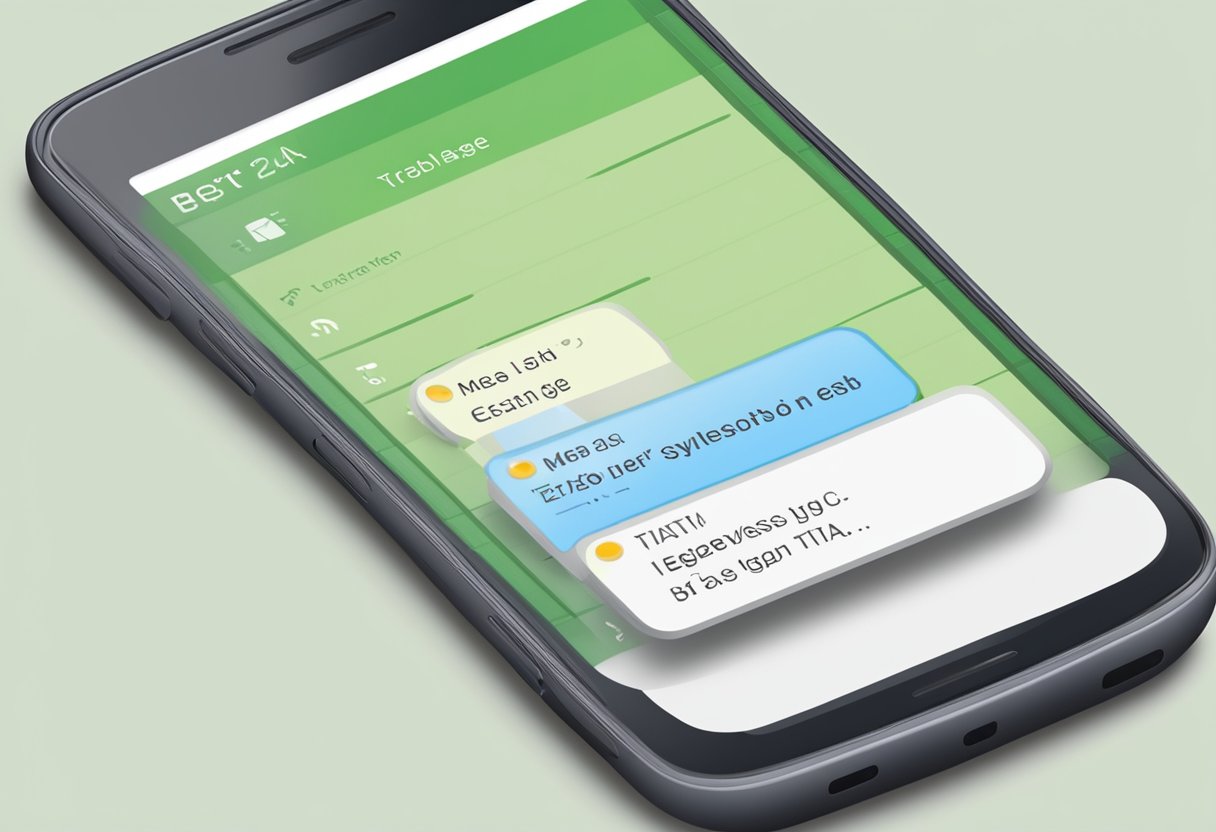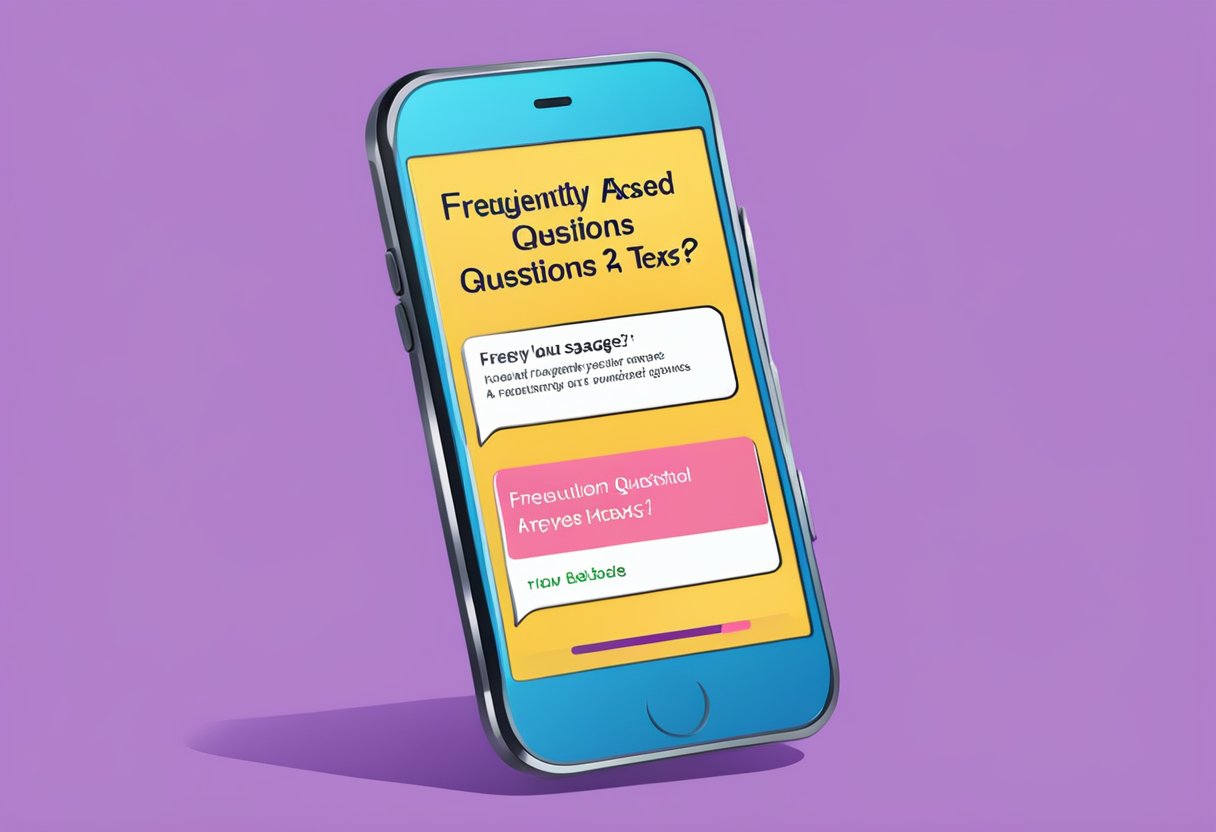SMS TIA is a student information management system that provides all information about personal particulars and academic records for students of the Tanzania Institute of Accountancy (TIA). The system is secure and allows students to check information concerning semester registration, fee payments records, examination results, course syllabus, and program modules. The system is user-friendly and can be accessed by students through the TIA website.

SMS technology is widely used in various industries, including education, healthcare, and finance. SMS TIA is an example of how SMS technology can be used in education to provide students with easy access to their academic records. The system is designed to be user-friendly and secure, ensuring that students can access their information without any issues. Implementing SMS solutions in education can help institutions to improve communication with students, reduce administrative costs, and enhance the learning experience.
SMS TIA applications are designed to provide students with a comprehensive view of their academic records. Students can use the system to access their personal particulars, academic records, and program modules. The system is also used for semester registration, fee payments, and examination results. SMS TIA is an essential tool for students of TIA, providing them with easy access to their academic records and helping them to manage their studies more efficiently.
Key Takeaways
- SMS TIA is a secure student information management system that provides all information about personal particulars and academic records for students of the Tanzania Institute of Accountancy.
- SMS technology is widely used in various industries, including education, healthcare, and finance, and can help institutions to improve communication with students, reduce administrative costs, and enhance the learning experience.
- SMS TIA applications provide students with a comprehensive view of their academic records, helping them to manage their studies more efficiently.
SMS Technology Overview
Short Message Service (SMS) is a text messaging service that allows users to send and receive short text messages on mobile devices. SMS technology has been around for several decades and has become an essential part of modern communication. In this section, we will provide an overview of the history of SMS and the protocols and standards that govern SMS communication.
History of SMS
SMS was first introduced in 1992 as part of the Global System for Mobile Communications (GSM) standard. At that time, SMS was primarily used for sending messages between mobile devices, but it quickly became popular as a means of sending short messages to other devices, such as pagers and fax machines.
Over the years, SMS has evolved to include multimedia messaging (MMS), which allows users to send images, videos, and other media in addition to text messages. SMS has also become a popular means of two-factor authentication (2FA) for online services, as well as a way for businesses to send marketing messages to their customers.
SMS Protocols and Standards
SMS communication is governed by a set of protocols and standards that ensure interoperability between different devices and networks. The Short Message Peer-to-Peer (SMPP) protocol is one of the most widely used protocols for SMS communication between applications and Short Message Service Centers (SMSCs).
The GSM standard defines the maximum length of an SMS message as 160 characters, but this limit can be extended using concatenation, which allows multiple messages to be combined into a single message. SMS messages are typically transmitted over a cellular network using the Signaling System 7 (SS7) protocol, which is used for signaling and controlling the flow of voice and data traffic over the network.
In conclusion, SMS technology has come a long way since its introduction in 1992, and it continues to play an important role in modern communication. The protocols and standards that govern SMS communication ensure that messages can be sent and received between different devices and networks, making SMS a versatile and reliable means of communication.
Implementing SMS Solutions
SMS (Short Message Service) has become an essential communication tool for businesses. It allows for quick and reliable communication between individuals and systems. Implementing SMS solutions requires careful planning and execution to ensure the infrastructure meets the requirements of the organization.
Infrastructure Requirements
The first step in implementing SMS solutions is to determine the infrastructure requirements. This includes hardware and software components, such as SMS gateways, modems, and APIs. The SMS gateway is the central component that connects the SMS system to the carrier network. The modem is responsible for sending and receiving SMS messages, while the API allows for integration with other systems.
Organizations must ensure that their infrastructure is capable of handling the volume of SMS messages they plan to send. Failure to do so can result in delays, lost messages, and even system crashes. It is essential to have a reliable and scalable infrastructure that can handle the organization’s needs.
Carrier Integration
Carrier integration is the process of connecting the SMS system to the carrier network. This allows for SMS messages to be sent and received between the organization and its customers or employees. The integration process can vary depending on the carrier and the SMS system being used.
Organizations must work with their carrier to ensure that their SMS system is properly integrated with the carrier network. This includes obtaining the necessary credentials and configuring the SMS gateway to work with the carrier’s network. Failure to properly integrate with the carrier network can result in lost messages, poor delivery rates, and even legal issues.
Data Security and Compliance
Data security and compliance are critical considerations when implementing SMS solutions. Organizations must ensure that their SMS system is secure and compliant with industry standards and regulations. This includes protecting sensitive data, such as customer information, and ensuring that the system is not vulnerable to cyber threats.
Organizations must also comply with regulations such as the Telephone Consumer Protection Act (TCPA) and General Data Protection Regulation (GDPR) when sending SMS messages. Failure to comply with these regulations can result in legal issues and financial penalties.
In conclusion, implementing SMS solutions requires careful planning and execution to ensure that the infrastructure meets the requirements of the organization. Organizations must consider infrastructure requirements, carrier integration, data security, and compliance when implementing SMS solutions.
SMS TIA Applications
SMS TIA is a powerful tool that can be used for various purposes. In this section, we will discuss some of the most common applications of SMS TIA.
Marketing and Promotions
SMS TIA can be used for marketing and promotions. Companies can send promotional messages to their customers via SMS TIA. These messages can include information about new products, special offers, and discounts. SMS TIA is an effective way to reach a large number of customers quickly and easily.
Customer Service and Support
SMS TIA can also be used for customer service and support. Companies can use SMS TIA to provide customers with information about their products and services. Customers can also use SMS TIA to ask questions and get support. SMS TIA is a convenient way for customers to get the help they need without having to call or email.
Alerts and Notifications
SMS TIA can be used to send alerts and notifications. Companies can use SMS TIA to send alerts to customers about important events, such as sales or product launches. SMS TIA can also be used to send notifications about order status, shipping updates, and other important information.
Overall, SMS TIA is a versatile tool that can be used for a variety of applications. Companies that use SMS TIA can benefit from increased customer engagement, improved customer service, and more effective marketing and promotions.
Frequently Asked Questions

How can I retrieve my TIA login credentials if I’ve forgotten them?
If you have forgotten your TIA login credentials, you can retrieve them by clicking on the “Forgot Password” link on the TIA Student Information System login page. You will be prompted to enter your email address or phone number associated with your account, and then follow the instructions provided to reset your password.
What steps should I follow to check my admission status on TIA’s portal?
To check your admission status on TIA’s portal, you should navigate to the TIA Student Information System and log in using your credentials. Once logged in, click on the “Admission Status” tab to view your admission status.
Where can I find the control number for TIA transactions?
The control number for TIA transactions can be found on the payment receipt issued by TIA. It is a unique number that is used to identify a particular transaction.
Is there a mobile app available for TIA students, and how can I access it?
Yes, there is a mobile app available for TIA students. The app can be downloaded from the Google Play Store or the Apple App Store. Once downloaded, you can log in using your TIA Student Information System credentials to access the app’s features.
How do I navigate to the TIA online services platform?
To navigate to the TIA online services platform, you should visit the TIA website and click on the “Online Services” tab. From there, you can select the service you wish to access and log in using your TIA Student Information System credentials.
What is the process for viewing my academic results on the TIA Student Information System?
To view your academic results on the TIA Student Information System, you should log in using your credentials and click on the “Academic Records” tab. From there, you can select the academic year and semester you wish to view results for. Your results will be displayed on the screen.
Also Read:
- Tulasi Engineering Limited Tanzania Vacancies 2024: Latest Job Openings
- Management Sciences for Health Tanzania Vacancies 2024: Latest Job Openings
- Bolt Dar es Salaam, Tanzania Vacancies 2024: Opportunities for Job Seekers
- Imperial Dar es Salaam, Tanzania Vacancies 2024: Opportunities for Job Seekers
- Catholic Relief Services: Dar es Salaam, Tanzania Vacancies 2024